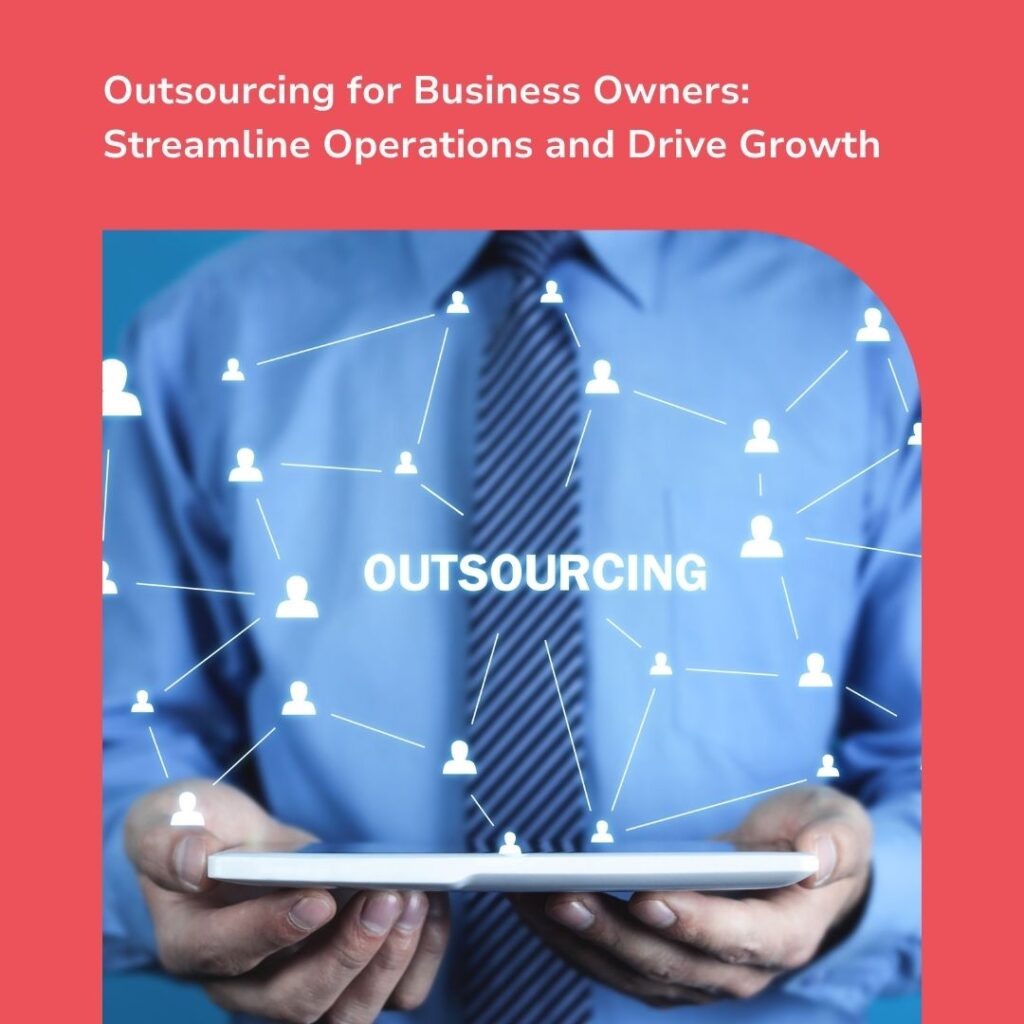Tags – How to Create a Content Strategy
More and more consumers are becoming distrustful of traditional advertising, which is why content marketing has become the tactic of choice for contemporary marketers.
In fact, 70% of marketers are using content as part of their marketing strategy.
But successful content marketing can only be achieved if a well-documented content strategy is put into place.
Essentially, a content strategy is your business’s approach to creating and distributing content for your intended audience. It takes your business goals and then uses content as a primary means to achieve them.
For example, let’s say one of your goals is to increase brand awareness, you may need a content strategy that focuses on SEO to increase website visibility and drive more traffic.
So, whether you’re just starting your business or you’ve been using the same approach for a while, it never hurts or costs you anything to revisit your content strategy to ensure it’s up-to-date and relevant, innovative and engaging for your customers – regardless of when and how they intend to make a purchase.
5 Considerations Before Developing a Content Strategy
Before you start developing your content strategy, there are a few things to consider:
-
- Who will be reading your content?
In other words, define your target audience. And the same way your business can have more than one type of customer, your strategy can be catered to more than one type of audience. - What problem are you solving?
Ideally, your product or service should solve a problem or pain point your audience is experiencing, and your content should coach and educate them through this. - What makes you unique?
It’s likely your competitors will have a similar product, so your audience needs to know why yours is better, or at least, different. - What content formats do you want to use?
What forms will you take? It could be infographics, videos or blogs but determine which so you can plan and budget accordingly - What channels will you publish on?
Like you may have different forms of content, it’s likely you’ll have different platforms to publish these on; i.e. your website, LinkedIn, Twitter, Facebook etc.
- Who will be reading your content?
- How will you manage content?
You’ll need to have an idea of who’s creating what, where it will be published and when it will go live
All in all, content marketing helps businesses to prepare and plan cost-effective ways to generate website traffic and new leads.
Now you know the importance of a content strategy, here’s 5 steps to create a content strategy that brings results:
Step 1: Define Your Goals
The goals you set will ultimately be based on what your business strives to gain from investing time and money into your content marketing.
You will need to clearly define whether you’re looking for more exposure, more site visitors, more email subscriptions and more.
A few generic business goals include:
- Building brand awareness
- Changing the perception of your brand
- Be more socially visible and active
- Becoming a thought leader in your industry
- Standing out from the competition
Of course there are many goals that can be targeted towards your product or service, but it’s always better to list these so you don’t lose sight.
In addition, it’s better to define your short term goals and fulfil these first, as it will give you time to achieve bigger ROI from your content. For instance, as a startup business your goal could be to reach 100 potential customers within a week and prepare content accordingly.
Step 2: Understand Your Audience
It sounds obvious and you’ve probably heard this a thousand times, but the next step is to truly understand your audience.
Because, your goals can only be achieved if your audience makes the desired action after reading your content.
And so, you’ll need to completely break this down by demographics as well as their online behaviour.
Furthermore, you can conduct customer surveys which will help you understand exactly what your audience wants from you and tailor content around that.
Not only that, but a cost effective way to understand your customer base is by researching product, keyword and brand mentions online, across different platforms and diving into forums to see what’s being discussed.
All in all, there are a number of different ways to connect with your audience who are at different stages in your sales funnel, so choose ways that are user-friendly and respect your customer’s time; you could offer incentives for taking part in a survey, for example.
Step 3: Competitive Analysis
Once you have defined your business goals and know who your content will be aimed at, it’s time to do a competitive analysis.
By using online tools, you can quickly find out the types of content your competitors are producing, where their backlinks are coming from, where their mentions are coming from, whether email newsletters are bringing in site traffic and so much more.
Plus, digging deep into your competitors’ content strategy will give you a clearer picture of where your target audience is on the web.
Step 4: Content Creation
Now it’s time for the juicy bit: creating content!
Regardless of how long you’ve been in business for, you’ll need to create a bank of content that is scheduled to go live in advance so you can remain consistent – it’s no good having a huge gap between content delivery as this will not show your customers that you’re a serious brand.
Not only that, but scheduling content will allow you to better organise what has already been released and help plan for the future.
Sometimes, it’s a good idea to assign content creation and research to more than one employee in the marketing team so that you can get a good variety and constant fresh ideas, as well as keeping them interesting enough to keep your audience coming back for more.
In regards to types, you will want to develop a variety of content so that it does not become too boring for both you and your audience.
Step 5: Measure and Track
Unlike traditional marketing methods, like magazine ads, that are near impossible to track, with digital content you can track everything.
From posting content and seeing how many people it reached to what action the user has taken on your website, certain metrics must be tracked and measured so you can identify the areas that need improving – and adjust your strategy accordingly.
These metrics will depend on your business goals. For example, if your goal is drive more traffic to the website, you will want to measure the increase of visitors in a given period – then see what content you posted during this time that could have influenced this number.
Generally speaking, some important metrics to track for your website are website traffic, bounce rates, number of pages visited, conversion rates, time spent on the site and subscriptions.
Wrapping Up
Overall, a good content strategy is the foundation of what will attract your audience and carry them through their buying journey.
Aside from attracting new customers to your brand, a content strategy can be used to enable sales and overall customer satisfaction.
And with 82% of marketers actively investing into content, it’s critical you develop a solid content strategy to compete in your industry.
For more information, please get in touch today.
In the meantime, take a look at our SEO services.
Connected to this blog, if you would like your content to come up in search engines searches, you will like our video below:
You may also like:









